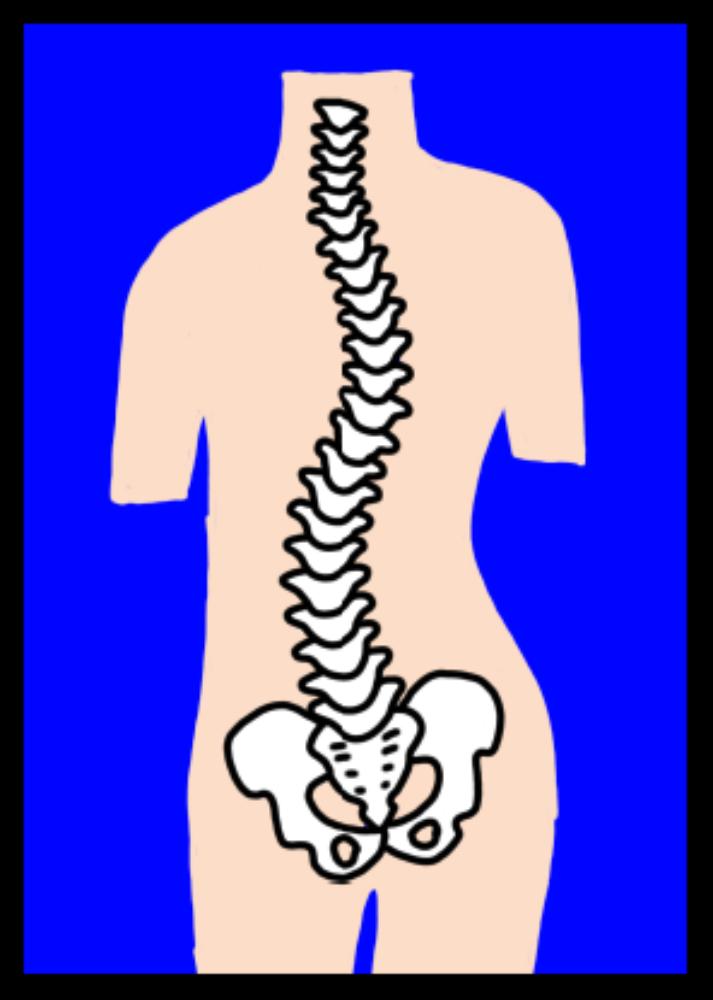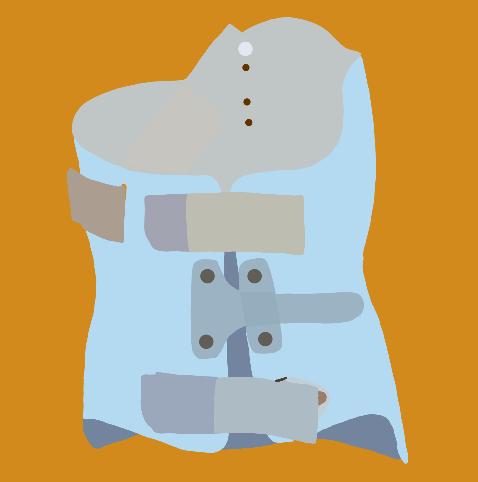
2 minute read
Disease and Healthcare SCOLIOSIS AND ITS TREATMENT
from Winter 2023 Edition
by scienceholic
Author: Jessica Zhang Editors: Ivan Feng and Eric Lin Artist: Lalita Ma
Scoliosis is a sideways curvature of the spine (appearing as an S or C shape) common in adolescents. Many high schools will host a large-scale screening to check for scoliosis. Doctors usually ask a student to bend forward from the waist, with arms hanging loosely If one side of the student’s shoulder blade is more prominent than the other, they may have scoliosis In this case, X-rays will further confirm the diagnosis and determine the degree of curvature.
Advertisement
Most cases of scoliosis are mild, but the curve can worsen in growing children, leading to unappealing visual symptoms such as uneven shoulders and humpbacks. It will also cause chronic back pain and breathing problems because the severe spinal curve reduces the amount of space within the chest As a result, doctors must be attentive and devise different treatments according to severity

For children with scoliosis curves less than 20 degrees, doctors will usually use the “watch and wait” approach observation with repeated examinations to detect further progression. They will also recommend the Schroth Method developed by Katharina Schroth. This method is a series of exercises customized for each patient to de-rotate, elongate and stabilize the spine With the aid of therapy balls, poles, and Schroth bars, patients practice breathing to gradually achieve muscular symmetry and rotate the spine to the right position. In addition, patients need to be aware of their posture in their daily lives, because posture may worsen scoliosis.
If the worsening spine is ignored and the scoliosis curves beyond 20 degrees, doctors may suggest braces Most braces are plastic and need to be worn between 13 and 16 hours a day Although the braces will not reverse the curve, they will apply pressures to the growing spine, preventing further worsening of scoliosis.
Surgery is recommended for patients with a curve of more than 50 degrees. There are three surgery options The first one is spinal fusion, where surgeons use metal rods, hooks, screws, or wires to hold the spine straight and still and place a bone-like material between the vertebrae. Then the old and new bone material will gradually fuse together. The second option is called expanding rod, which is typically used in patients whose illness is developing rapidly at a young age. In this case, surgeons will attach expandable rods along the spine The rods will adjust every 3 to 6 months in length, either with surgery or in the clinic using a remote control, as the patient grows Finally, Vertebral body tethering could be performed through small incisions. A strong, flexible cord is threaded through the screws which are placed along the spinal curve. Then the spine will straighten when the cord is tightened.
Although surgeries can cure scoliosis permanently, they are extremely risky since performing large operations on the spine may cause numerous complications Therefore, we should prevent scoliosis from deteriorating by focusing on our daily actions. Examples include sitting straight, not crossing our legs, and not leaning on one side. These behaviors, though trivial, can make a huge difference.











